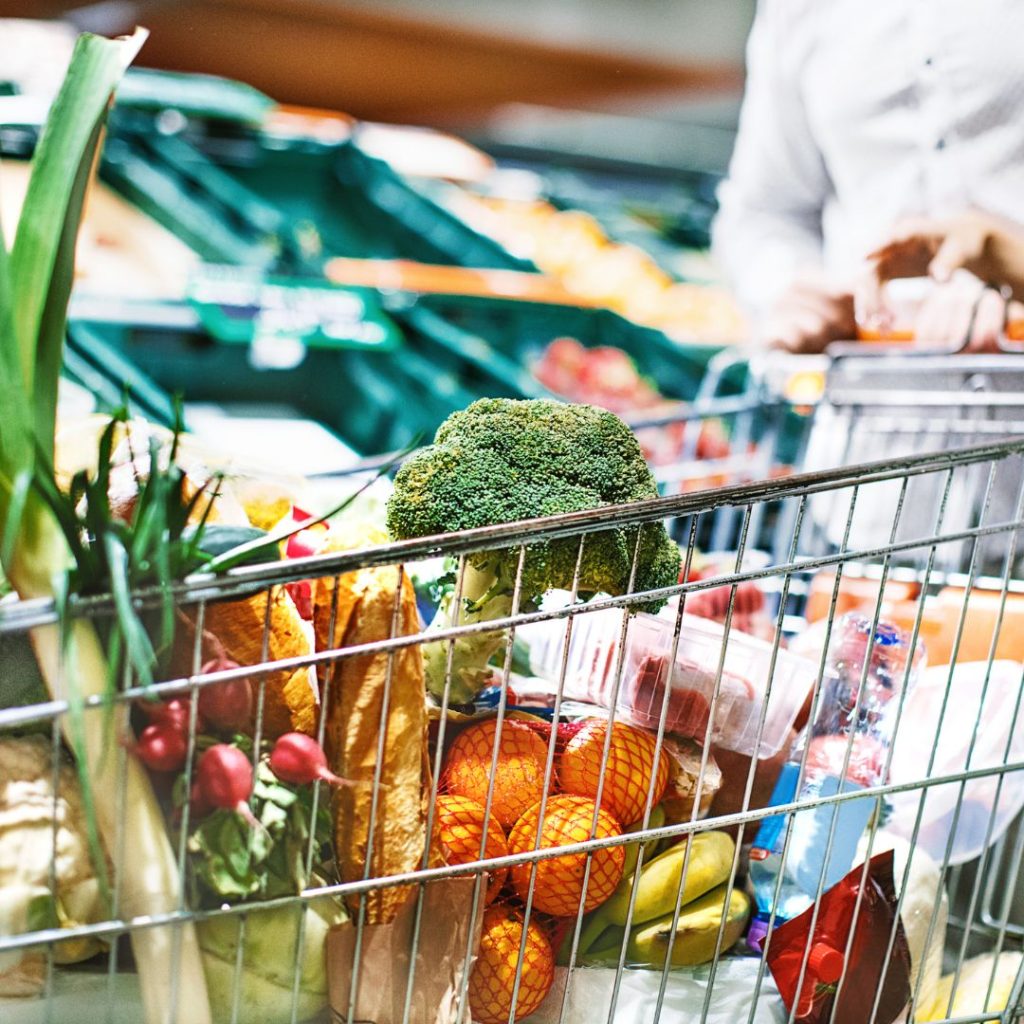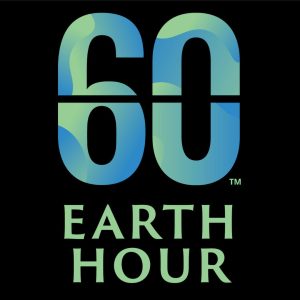Food contains few pesticide residues

Food in Germany is only slightly contaminated with pesticide residues. The test results from official food monitoring in 2022 confirm the data from previous years. However, the results differ when looking at individual crops and the origin of the products. Products from Germany and other EU countries are significantly less contaminated than those from non-EU countries. This is according to the "National Reporting on Pesticide Residues in Food 2022" published by the Federal Office of Consumer Protection and Food Safety (BVL).
The report is based on more than 8.3 million analysis results from 21,601 food samples from official food monitoring in 2022. The predominantly risk-oriented controls tested for 1,067 substances.
As in previous years, the contamination with pesticide residues varies depending on the origin of the products. According to the BVL report, the contamination of product samples from organic cultivation was significantly lower than that of conventionally produced products.
- D: For food from Germany, the number of exceedances of maximum residue levels in 2022 increased slightly from 1.1% to 1.3% compared to 2021.
- EU: For products from other EU countries, the overrun rate fell to 1.5% (2021: 1.8%).
- Outside the EU: Food from non-EU countries is significantly more contaminated: The exceedance rate here was 9.8% (2021: 10.9%).
Differences in individual food groups and crops
Frequently consumed foods such as carrots, potatoes and apples as well as popular seasonal products such as strawberries and asparagus have had little or no MRL exceedances for years.
The highest number of exceedances (for foodstuffs with at least 100 samples tested) was recorded for
- Chia seeds (53.3 %),
- dried herbal teas (18.8 %),
- pomegranates (18.7%),
- black and green tea (15.5 %) and
- Beans with pods (13.0 %).
This is likely to be a drawback of this study, especially for health-conscious eaters and tea-lovers.
The exceedance rate fell for processed plant-based foods as well as fruit and vegetables. In contrast, it rose moderately for foods of animal origin and infant and baby food, and significantly for cereals. The sharp increase in cereals, which was almost six times higher than in the previous year, is due to the high rate of exceedance of the maximum residue levels for copper (51.4% of samples) in chia seeds. Many samples of chia seeds were tested for copper in a project monitoring. Copper is also used in plant protection products. However, chia plants also increasingly absorb copper from other sources in the soil and store it in their seeds. The problem is already being discussed at European level.
Active ingredients and multiple residues
The maximum residue levels were exceeded for 195 active substances (18.3 %). The maximum exceedance rates per individual active substance were 2.0%. Only for copper was it higher at 5.0 %. More than one active substance was detected in around a third of all samples tested.
More than three quarters of the foodstuffs from which more than 100 samples were tested contained multiple residues. This mainly affected cherries, mandarins, table grapes, oranges, grapefruit and peaches/nectarines, strawberries, raisins, pears, raspberries and apricots.
Background
Residues of plant protection products in food are only permitted if they do not exceed the applicable maximum residue levels and are therefore harmless to health. Conversely, however, exceeding the established maximum residue level is not synonymous with a health risk for consumers.
A maximum content is set based on the amount of residues that can be expected when the plant protection product is used correctly. There must be no risk to health. Therefore, the maximum residue levels can be well below the level of health concern.
Our pro.earth.conclusion: the results for Austria will probably be similar. We think a lot about glyphosate when we read these results and also know that the European Food Safety Authority (Efsa) has not classified it as hazardous to health. But where is the maximum limit for glyphosate residues? Too high? In principle, we are pleased with the result. It is also not surprising that products from non-EU countries have higher levels, as many countries have less stringent criteria than we do.






